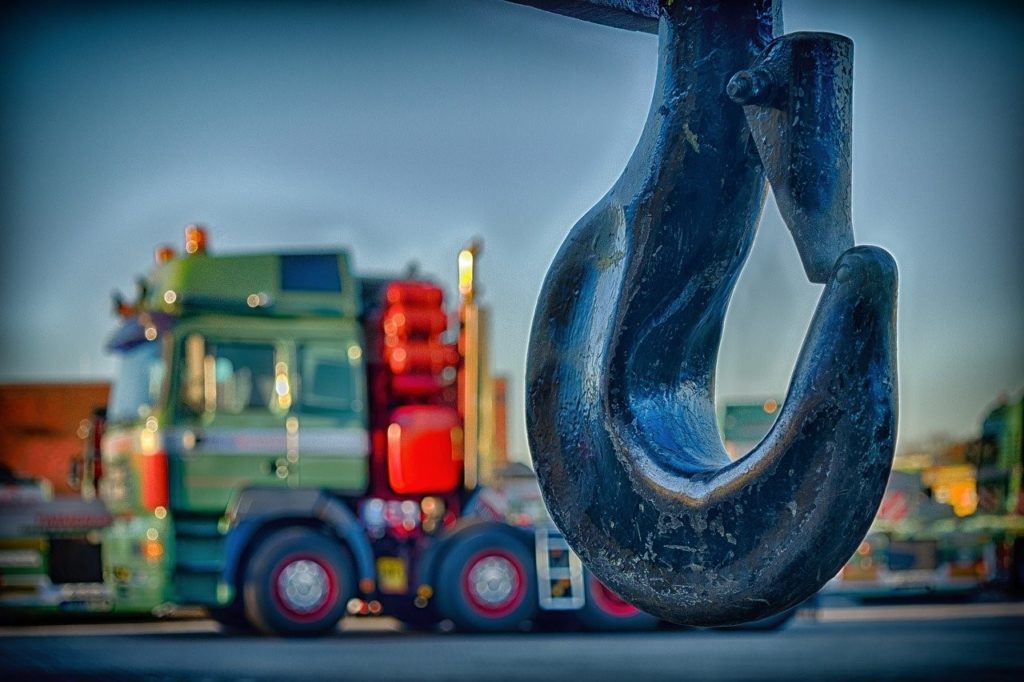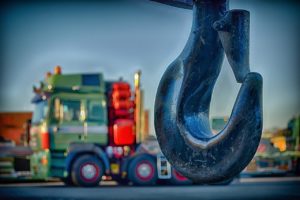How to Ensure Safety during Transport of Heavy Equipment

Estimated reading time: 6 minutes

<How to ensure safety during transport of heavy equipment>
Safety is very important when it comes to the Heavy Lifting. Lifting and transportation of heavy equipment is a dangerous task. According to the Occupation Safety & Health Administration (OSHA), on average 71 fatalities occur per year. This number is expected to rise if strict measures are not followed. We will look at how to ensure safety during Transport of Heavy Equipment. When working with heavy equipment like cranes or cargo, it poses many hazards, and unsafe working practices can result in injuries and costly damage to materials. During these operations, workers are in a high risk situation and it is important to properly plan and organise them in order to ensure their safety. The more complex an operation, more comprehensive and detailed planning is required. The last thing you want during the process is an injury on the worksite or damage to costly machines and equipment. Here’s How to ensure safety during transport of heavy equipment:
- Map the Most Linear Transport Route Ahead of Time
- Comply with the legal requirements
- Maintenance of the Equipment
- Hire Trained Workers
- Risk Assessment
Map the Most Linear Transport Route Ahead of Time
We’ve all heard the horror stories and seen the videos of trucks too tall to clear an overpass. A designated transport route planned ahead of time — plus an actual on-the-road run-through — ensures nightmares like this don’t strike. Keep an eye out for road widths and bridges analysis for the safest heavy cargo transportation, especially in rural areas. The least amount of bridges, turns, starts, stops, and difficult terrain encountered by the driver, the better.
Comply with the legal requirements
Always check the existing laws and regulations of your state because each state has different regulations. Make sure that your entire transportation process meets legal requirements and make sure that you have a transportation permit from the transport authority. This is crucial because if you violate the law, heavy penalty is charged in many cases. You can approach a transport specialist to help you in this process.
Maintenance of the Equipment
It is important to keep the equipment running at its best by ensuring regular maintenance. A thorough inspection should be done at least once every year. If used to transport people, the equipment should be inspected every six months. Make sure that all the equipment is tested way before hand and are certified by the professional regulatory bodies.
Hire Trained Workers
The most important precaution to take is ensuring that all workers are appropriately trained. Proper health and safety training ensures that the workplace is safe and each worker is competent to carry out their jobs efficiently and safely. This will help minimize the chances of any accidents and injuries at the workplace and ensure that operations are running smoothly.
Risk Assessment
Lifting operations are considered to be high-risk activities that require thorough risk assessment and careful planning prior to commencement of work. The Workplace Safety Health Council (WSHC) Singapore has guidelines on this. A risk assessment helps to identify the hazards that are likely to occur. By assessing the likelihood and severity of the accidents that may occur, appropriate risk control measures can be undertaken to eliminate the hazards or reduce risks. The risk assessment process should be performed right from the start, during the planning stage of the work, so that the operation can be made safer for all the people involved in it.
It can be overwhelming by the number of things that need to be taken care of when transporting and lifting heavy equipment. But it’s crucial that these operations are well planned by trained professionals who are able to recognise the slightest blind spots because even a minor oversight can put an individual’s life in danger.
Best Practices in Heavy Transport and Lifting, Emphasizing Safety is a 3-day course held from 29 June – 1 July 2020 (Singapore) designed for delegates to gain an essential understanding on safety, planning, calculating, costing and maintenance of heavy transport and heavy lifting. The course will cover key issues of the importance to know the application and limits of each equipment.
Interested to read more Heavy Lifting articles? Check out the Most Common Heavy Lifting Hazards

